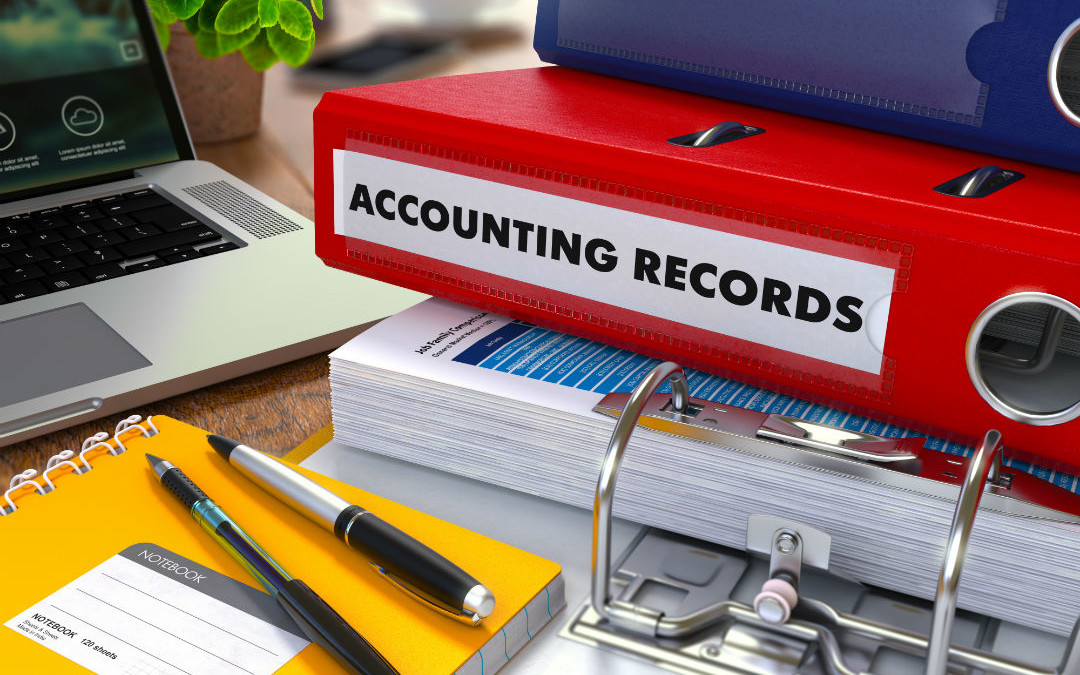Image source: http://www.infographicsarchive.com/wp-content/uploads/2015/11/adding-value-to-your-home.jpg
An Exception to the Rule
Start by developing a cost/income estimate. Study resale prices and rent levels inner your local real estate market. Figure out how a lot you can increase the sales price or rents resulting from each project you undertake, resolve a rate of return, and then compute your budget, which, of course, can range extraordinarily depending on who does the work, what materials are selected, and the talent with which the job is undertaken.
Let's assume you need to reach a 20 p.c. overall rate of return on the capital you invest for the remodel. If so, then every $1,000 you invest in improvements should increase your net operating income at least $200 a year.
Real estate investors, naturally, can resolve whatever rate of return they desire. For instance, some investors might be pleased with a 10 p.c. rate of return, whereas others may aim as high as forty p.c.. What matters most is that you realistically appearance at the amount of elevated rents your investments of time, effort, and money are likely to produce before you renovate.
Ignore what you may have been told about the rate of return you can be expecting to receive from a remodeled rental unit.
No universal rule applies. Smart real estate investing requires you usually analyze the financial details of the deal in front of you before you do anything.
Again, you have the option of plugging in whatever rate of return you desire. The precious issue is to run through your numbers thoroughly enough to be satisfied that your local real estate market actually supports the selling price or rent stage you intend to ask.
Okay, let's consider an example and make the calculation.
For example, whereas it might be thoroughly for you to tackle some cosmetic improvements an identical to painting, landscaping, carpets, and light fixtures, you'll need to workout extreme caution when it comes to roofs, foundations, wiring, and plumbing. These types of renovation can be inundated with hidden fees, and unless you buy the property favorable enough to make these types of improvements, you may discover the amounts you spend to enrich the property aren't profitable.
Remember, your profits relate directly to how a lot your tenants or buyers value your models. In other words, your property improvements are only as sensible as the price anyone is willing to pay for them, and these relative comparisons differ in time and place.
$1,800 (12 X $150) / .20 = $9,000 cost of improvements
Therefore, before you make any improvements to your rental income property, research competing properties and tenant (buyer) preferences. Learn what you need to do so one can achieve competitive advantage. Think twice about making any property improvement unless you're sure to attract tenants willing to pay higher rents or buyers willing to pay your desired higher price.
The precious issue is to work the numbers, regardless. Remember, sensible tenants and pride of ownership benefits you only if you're collecting enough rents to pay your property expenses and mortgage payments. You don't need to be left having to feed your property.
How to Make Your Budget
One Last Word
First, survey the local rental market for the top rental rates in the neighborhood relative to the size and quality of models you intend to remodel, then apply your rate of return and compute. Let's say you feel after renovations that you will be able to raise rents enough to pocket another $150 a month per unit. By applying the 20 p.c. rule, you would make certain that you'll need to limit fees to no more than $9,000 per unit.
For instance, maybe you were ended in believe that a remodeled kitchen will pay back, say, 70 p.c. of its cost, a remodeled bath one hundred ten p.c., and updated fixtures about forty p.c. of its cost. This is not necessarily true. To make money at real estate investing you should never depend on any of those specific payback figures, and as an alternative, learn to evaluate every income property and every transforming project on its own merits.
It's doubtless a fair idea to categorize property improvements into those you can do, and those you would never need to do.
To attract a better quality of tenant, for example, or to reduce tenant turnover, cut losses from bad debts and vacancies, or simply to have a greater pride in ownership. In these cases, real estate investors simply have to weight tradeoffs.
Likewise, creating a budget helps evade you from over-improving your property. The ultimate issue you need to do is to spend money for improvements that are not relative to the neighborhood and relative to the prices and rent levels your buyers or tenants are willing and able to pay.
